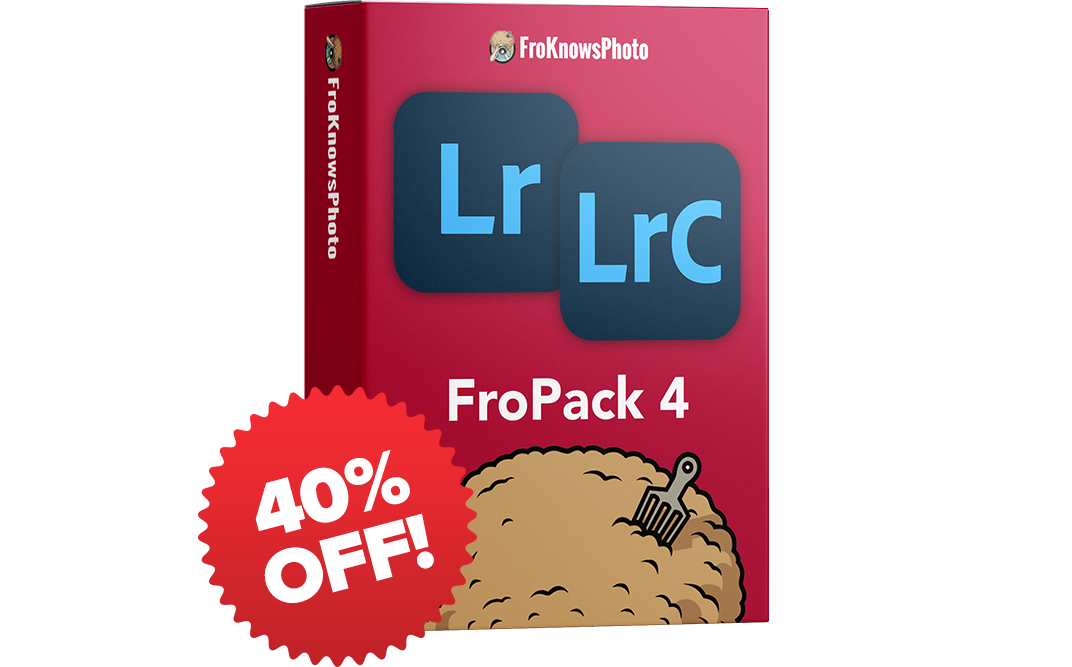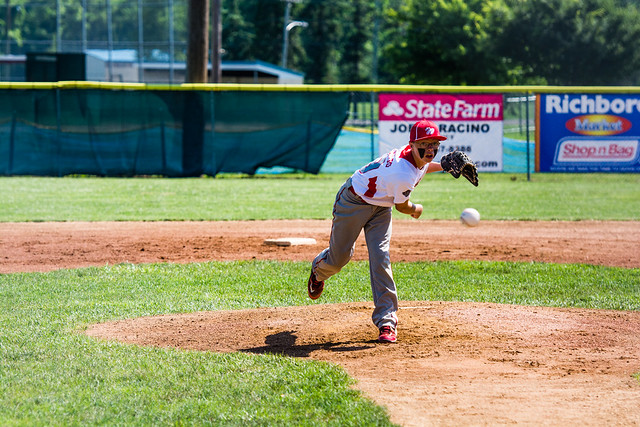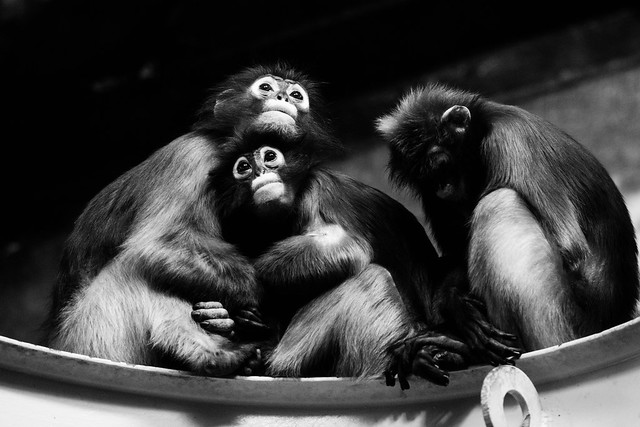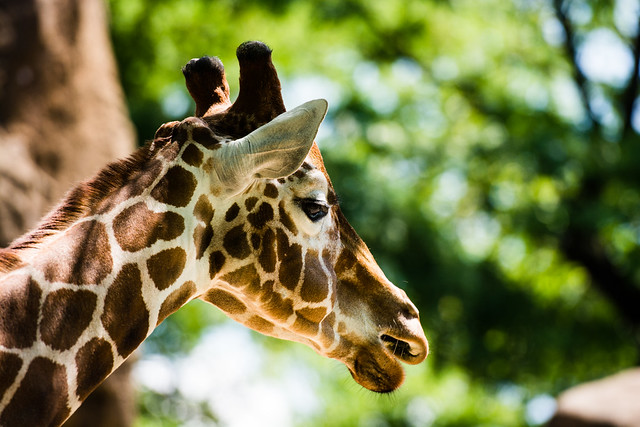Nikon D7100 Review
The Nikon D7100 is the latest in a line of midlevel DSLR cameras to be released. Thought it’s natural to wonder how the D7100 compares against the D7000, which it replaced, and its Canon counterparts, I’m more interested in just reviewing the D7100 as a camera and not as a comparison unit.
To start, this camera sells for $1,199 (body only) and is currently Nikon’s top of the line DX camera, since the D300s has yet to be replaced. We all know that as cameras progress, the tech inside continues to get better and better. The D7100 definitely benefits from some major tech updates.
When I do my reviews, I like to use the camera, push it to its limits in the real world and let you analyze the results for yourself. That is why you can access all of the FULL-RES images from this review as well as download eight RAW FILES; to me it’s about giving you the samples to make your own judgments and decisions about a camera.
Download sample RAW Files from a CONCERT (78 megs) Baseball Game (74 megs) and the ZOO (52 megs)
Click Here to view all FULL RES IMAGES
The first shoot I did with this camera was at an all-day indoor concert. I believe that if a camera can handle low light situations and come out with flying colors, then it is worthy.
How did it handle Hi-ISO? The Nikon D7100 has no problem being shot around 4000 ISO. Sure you can squeeze much more out of it, but many times, it’s not necessary. Keep in mind that all of my tests were done using F2.8 lenses, which allow me to let in more light, thus dropping the ISO. So to answer the ISO question, yes this camera passes with flying colors. We all know it will handle very well at the lower ISOs and now we know it holds up at the higher ones.
Auto Focus: Nikon included a 51 point autofocus system with 15 of those points being cross type. You will be happy to know that the auto focus points pretty much cover the entire image area of the viewfinder. In my tests, the autofocus handled extremely well in low light and brightly lit situations. It kept up with fast moving subjects going side-to-side as well as ones running right at you.
The only issue I had was when I wanted to switch from AF-S to AF-C and did not realize I ended up on AF-A. AF-A is what I call “Auto-Autofocus,” meaning the camera will determine which mode to use. I was not too happy to find out that while shooting baseball, I ended up in the AF-A mode and missed a few shots. Once I realized this was happening, I was more careful to make sure I only stayed in AF-S or AF-C.
Build Quality: The D7100 feels great in your hands; it’s not too big and it’s not too small. It is weather sealed to the same standards of the D800 and D300s, which means it holds up well to dust and some water. Like most electronics, you’re not going to want to test out its durability by dropping it. You could drop it from 10 feet and nothing would happen or you could drop it from three inches and it stops working.
Button Layout: Like most Nikons current and past, the buttons are pretty much all in the same place. This is one thing I love about Nikons, that you can pick up one camera or the next and know for the most part where all the buttons and settings are going to be.
Memory Cards: You have the ability to insert two SD cards into this camera. This is something that Nikon has offered in its Pro bodies as well as the Nikon D7000. I like two memory card slots, not because I can fill one card while the next one starts to catch the images, and not because I can write stills to one and video to the other, and certainly not because I can write RAW to one and JPEG to the other. The reason I love having two cards in the camera is so I can have the same files written to both as they are being taken.
Memory cards are so cheap that I have no problem putting two 16 gig cards in the camera and only getting 16 gigs out of them. The reason I shoot to both is just in case something happens to one of the cards. SD cards are not as durable as CF cards and are more susceptible to failure in my opinion. Having the piece of mind to know that if one card fails you have an exact backup is well worth doubling up on the amount of cards you own.
Buffer and Frames Per Second: Here is what separates pro bodies from non pro bodies. The buffer is where the image goes when you take a picture before it’s transferred to the memory card. In this camera, you only get SIX RAW images before the buffer fills. This means your camera will lock up and stop taking pictures until your file clears the buffer and hits your memory card.
Subsequently, this camera shoots at a rate of six frames per second. This is honestly a lot of images per second. If you don’t want to outrun the buffer you wont want to hold your finger down on the shutter button. The trick is to only do bursts of two or three which will allow the buffer time to write the images to the card and not getting completely filled.
No OLPF: Nikon chose to remove the lowpass filter which was previously found on many of their previous DSLR cameras. Without the low pass filter, this camera is able to produce some stunningly sharp images. I had zero issues with moire, which are interference lines that are made when photographing or filming patterns.
Video Quality: I did not spend a lot of time testing out the video quality of this camera, though I did shoot videos and the videos I shot came out as well as I expected. The video is clean and sharp and suitable for just about any of your filming needs.
Who is this camera for: This camera is perfect for a person who is just getting into photography for the first time or someone upgrading from their very first DSLR. Let me remind you when upgrading that if you don’t have quality glass, I suggest you spend your money on that before upgrading the body.
This is a great camera to start. It gives you so many options and directions to take your photography or videography. It is affordable, built well and a great tool whether you are just learning or a pro looking for a suitable backup.
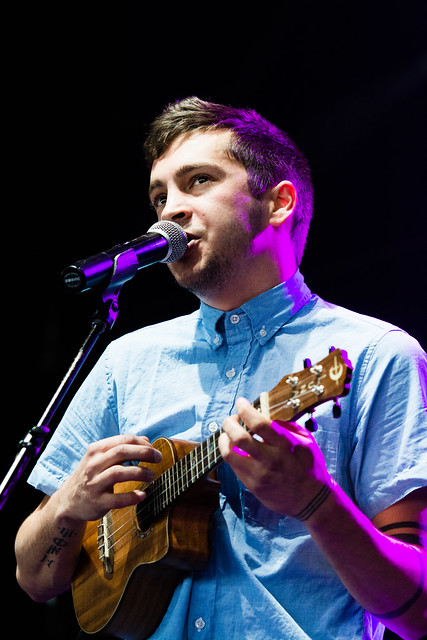
If you are just getting started out, this camera gives you plenty of room to grow. It gives you all of the basic functions as well as pro capabilities all in one package.
D7100 or D600: Here is the one comparison question I will entertain. Should I go with the Nikon D7100 or Nikon D600? I personally prefer full frame cameras for their image quality, build quality and pro features. Though the D7100 has a lot of these qualities, I still think the full-frame camera, if given the option, would be the way to go. Keep in mind that there is an expense that comes with going with the D600. It is a more expensive camera that will leave many beginners without quality glass.
My recommendation is if you are new to photography, you start with the D7100 as it is less expensive and frees up money to invest in better glass. Learning the fundamentals of photography and the importance of quality glass is more important than having a full-frame body.
In the end, this is another fantastic camera that is capable of a lot. I really did not have too many issues with it overall and would have no problem taking it out on a shoot with me.
If you would like to purchase a Nikon D7100 you can do so right here at AllensCamera.com
Download sample RAW Files from a CONCERT (78 megs) Baseball Game (74 megs) and the ZOO (52 megs)
